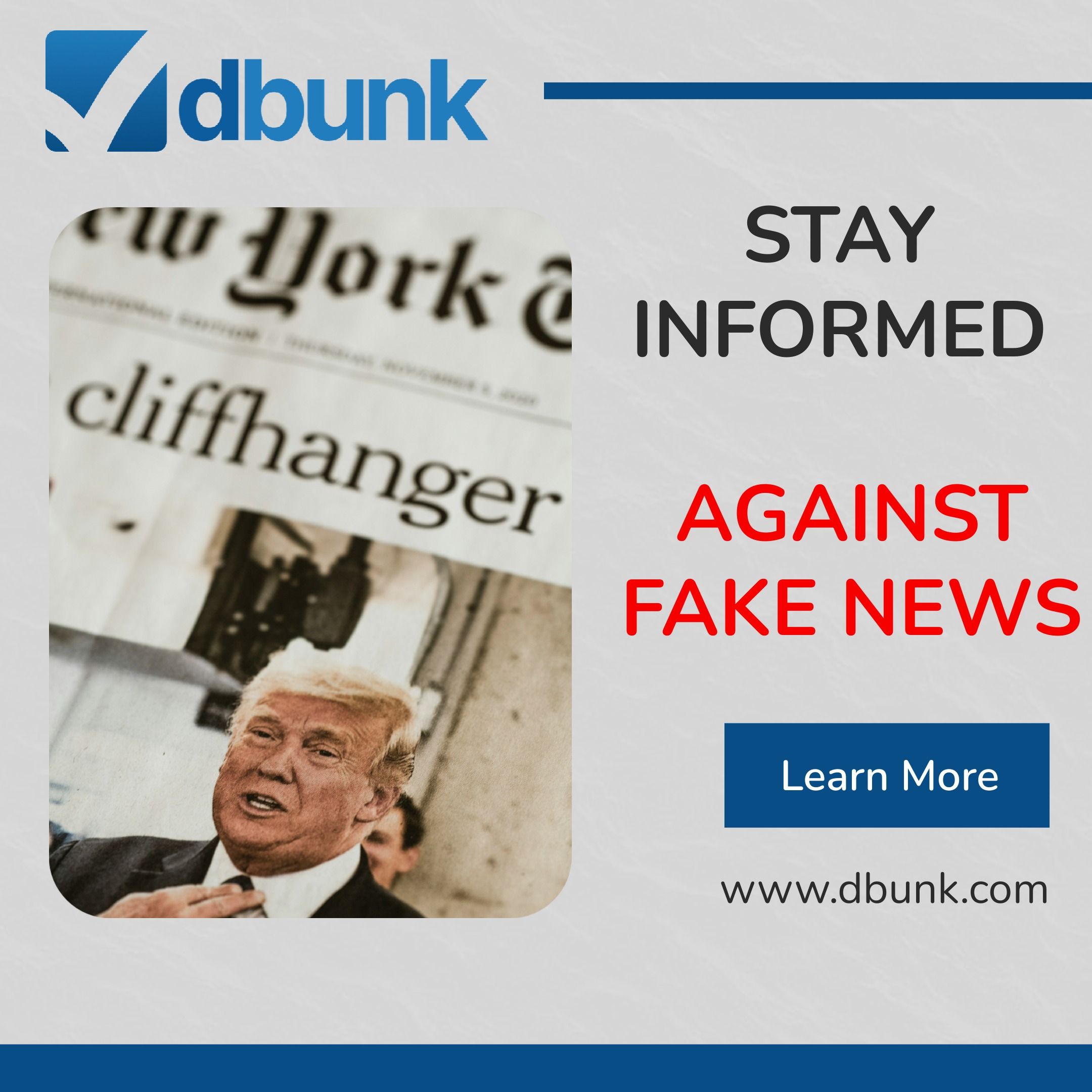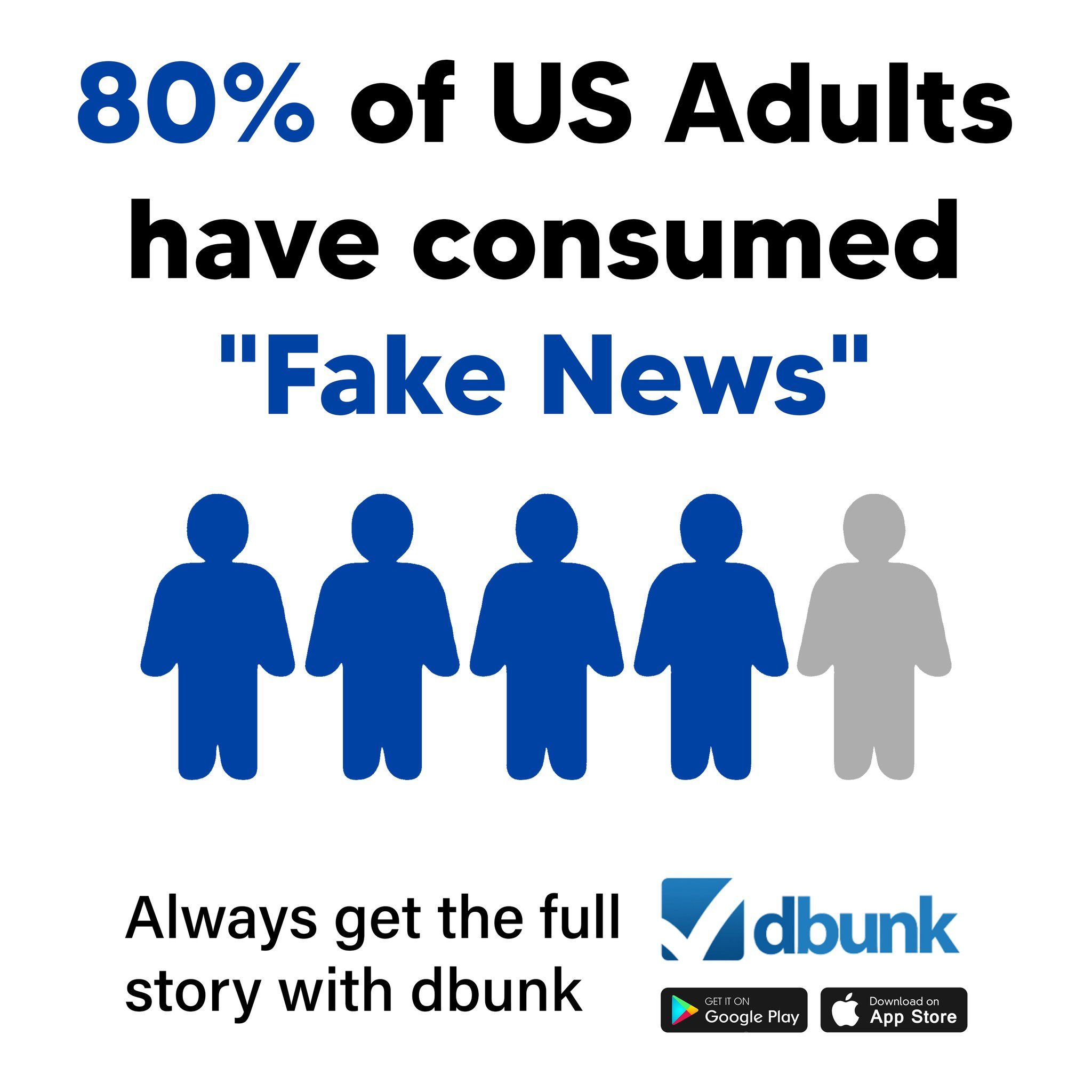Introduction
The article was flagged for fact-checking due to user concerns about the implications of Chinese companies allegedly pursuing advanced U.S. technologies for military purposes. In light of rising geopolitical tension, evaluating the accuracy of the claims made about U.S. sanctions, underlying motives, and projected consequences becomes critical not only for global stability but also for users tracking the economic fallout and security risks associated with these developments.
Historical Context
The friction between the U.S. and China over technology has intensified since 2018, when the Trump administration began imposing tariffs and sanctions targeting Chinese companies like Huawei and ZTE. These actions were justified as measures against intellectual property theft and national security threats. Over time, restrictions extended into artificial intelligence, semiconductors, and quantum computing—technologies deemed vital for both economic future and military advantage. This escalation has evolved into a broader tech-centric cold war with bilateral restrictions and retaliations.

Fact-Check of Specific Claims
Claim #1: “The U.S. added more than 50 China-based companies to its entity list for attempting to acquire advanced military-related knowhow.”
This claim is accurate. On March 26, 2025, the U.S. Commerce Department’s Bureau of Industry and Security added 80 companies to its entity list, including over 50 from China. The rationale was that several of these companies, including Inspur subsidiaries and Beijing Academy of Artificial Intelligence (BAAI), were allegedly acquiring advanced knowhow in artificial intelligence, quantum computing, and semiconductors to support Chinese military initiatives. This addition is documented directly in the official U.S. government notice available on the Federal Register and the formal announcement by the Bureau of Industry and Security.
Source: https://www.federalregister.gov (search: “entity list March 2025”)
Claim #2: “The Beijing Academy of Artificial Intelligence (BAAI) was wrongly added to the list without factual basis.”
This claim is contested and reflects BAAI’s viewpoint, not an objective finding. The U.S. government stated that BAAI was involved in developing large-scale AI models and chips likely to have military applications. Although BAAI claims to be a neutral, nonprofit organization, investigative research from think tanks like the Center for Security and Emerging Technology (CSET) has noted that even non-state Chinese AI institutions often partner with or receive directives aligned with the military-civil fusion policy under China’s governance. Hence, while the institute’s public-facing role may appear benign, the U.S. determination is based on broader intelligence gathering, not unfounded bias.
Source: Georgetown CSET Report on China’s Military-Civil Fusion Strategy (https://cset.georgetown.edu)

Claim #3: “Trump’s new tariffs are part of an ongoing trade war and include a 25% tariff on countries importing from Venezuela.”
This claim is misleading and lacks proper context. Donald Trump has not been in office since early 2021. According to the article, “Trump has already raised tariffs on imports of Chinese goods to 20%” and “announced a 25% tariff on all imports from any country that buys oil or gas from Venezuela” — however, this confuses current U.S. policy with outdated or hypothetical scenarios. There is no verifiable evidence from March 2025 indicating that Trump is imposing tariffs, suggesting the article may be referencing historical actions or misattributing current policy to a former head of state. President Joe Biden, not Trump, holds executive authority in 2025.
Verdict: The mention of Trump actively introducing new tariffs in March 2025 is factually incorrect.
Source: U.S. Trade Representative Announcements (https://ustr.gov)
Claim #4: “The goal is to restrict China’s ability to build exascale supercomputers and hypersonic weapons through access to U.S. tech.”
This is accurate and aligns with existing U.S. policy. Public statements from the Bureau of Industry and Security confirm that a major intent behind the updated sanctions is to disrupt the transfer of sensitive dual-use technology that could be applied to state-of-the-art military systems. Exascale supercomputing is crucial for simulations related to nuclear weapons, weather modeling, and next-gen defense systems like hypersonics. Restricting China’s access to make such systems isn’t speculative; it’s a stated policy as per U.S. national security directives.
Source: https://www.bis.doc.gov

Conclusion
The article accurately reports that the U.S. has sanctioned a broad spectrum of Chinese and foreign firms on national security grounds, especially concerning military advancements. However, the article includes misleading elements—most notably, it falsely attributes actions to Donald Trump that are not aligned with the correct 2025 executive administration. Additionally, while it quotes Chinese organizations protesting their inclusion on the entity list, it fails to contextualize the basis for U.S. intelligence assessments, creating a narrative skewed toward Chinese objections. Overall, the article presents valid facts but omits nuance and includes a major factual error about political leadership and tariff announcements.
How You Can Help Fight Misinformation
If you’re concerned about the growing spread of misleading headlines and biased news, the DBUNK app is your trusted tool to verify claims in real-time. Download the app to join thousands combating misinformation with transparency and truth.

Link to Original Article
Read the original article on AP News

